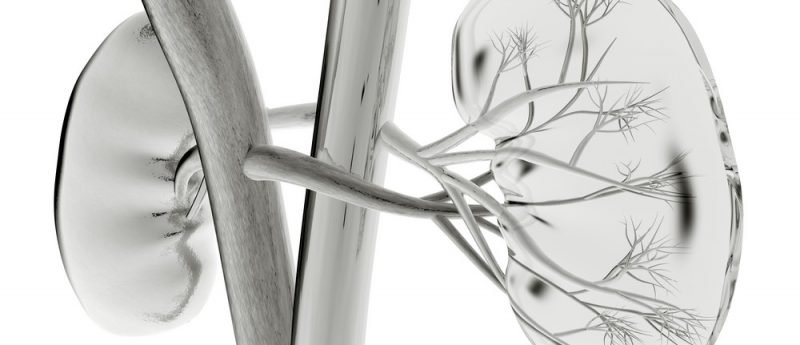Disease-modeling mini-kidney organoids successfully grown in vitro

Group from Brigham and Women’s Hospital in Boston (MA, USA) successfully recreates kidney diseases using CRISPR in lab-grown kidney organoids.
Mini-kidney organoids have been grown in vitro using genome editing to re-create human kidney disease. This first-of-its-kind achievement resulted from combining stem cell biology with leading-edge gene-editing techniques and paves the way for personalized drug discovery for kidney disease.
The mini-kidney organoids were grown from pluripotent stem cells and developed tubules, filtering cells and blood vessel cells. They were able to transport chemicals and respond to toxic injury in ways that are similar to human kidney tubules.
“A major unanswered question was whether we could re-create human kidney disease in a lab petri dish using this technology,” commented Benjamin Freedman, study leader at Brigham and Women’s Hospital in Boston (MA, USA). “Answering this question,” he continued, “was important for understanding the potential of mini-kidneys for clinical kidney regeneration and drug discovery.
To re-create human kidney diseases, Freedman and his colleagues used the gene-editing technique CRISPR. They engineered mini-kidneys with genetic changes linked to two common kidney diseases known as polycystic kidney disease and glomerulonephritis.
The organoids developed the characteristics of the diseases. Those who developed polycystic kidney disease genes formed balloon like, fluid filled sacks, called cysts, from kidney tubules. The organoids affected by podocalyxin, a gene linked to glomerulonephritis, lost connections between filtering cells.
“Mutation of a single gene results in changes kidney structures associated with human disease, thereby allowing better understand of the disease and serving as models to develop therapeutic agents to treat these diseases,” explained Joseph Bonventre, senior author of the study.
Furthermore, the researchers found that genetically matched kidney organoids without disease-linked mutations showed no signs of either disease.
“These genetically engineered mini-kidneys,” Freedman added, “have taught us that human disease boils down to simple components that can be re-created in a petri dish. This provides us with faster, better ways to perform ‘clinical trials in a dish’ to test drugs and therapies that might work in humans.”
Kidney disease affects approximately 700 million people worldwide. Twelve million patients have polycystic kidney disease and two million are known to suffer from complete kidney failure. Dialysis and kidney transplantation are currently the only options for patients with kidney failure, however these sometimes come with harmful side effects and poor quality-of-life.
“As a result of this new technology we can now grow, on demand, new kidney tissue that is 100 percent immunocompatible with an individual’s own body” concluded Benjamin Freedman. “We have shown that these tissues can mimic both healthy and diseased kidneys, and that the organoids can survive in mice after being transplanted. The next question is whether the organoids can perform the functions of kidneys after transplantation.”
Sources: http://hsnewsbeat.uw.edu/story/mini-kidney-organoids-re-create-disease-lab-dishes; Freedman BS, Brooks CR, Lam A et al. Modelling kidney disease with CRISPR-mutant kidney organoids derived from human pluripotent epiblast spheroids. Nature Comm. doi:10.1038/ncomms9715 (2015) (Epub ahead of print)